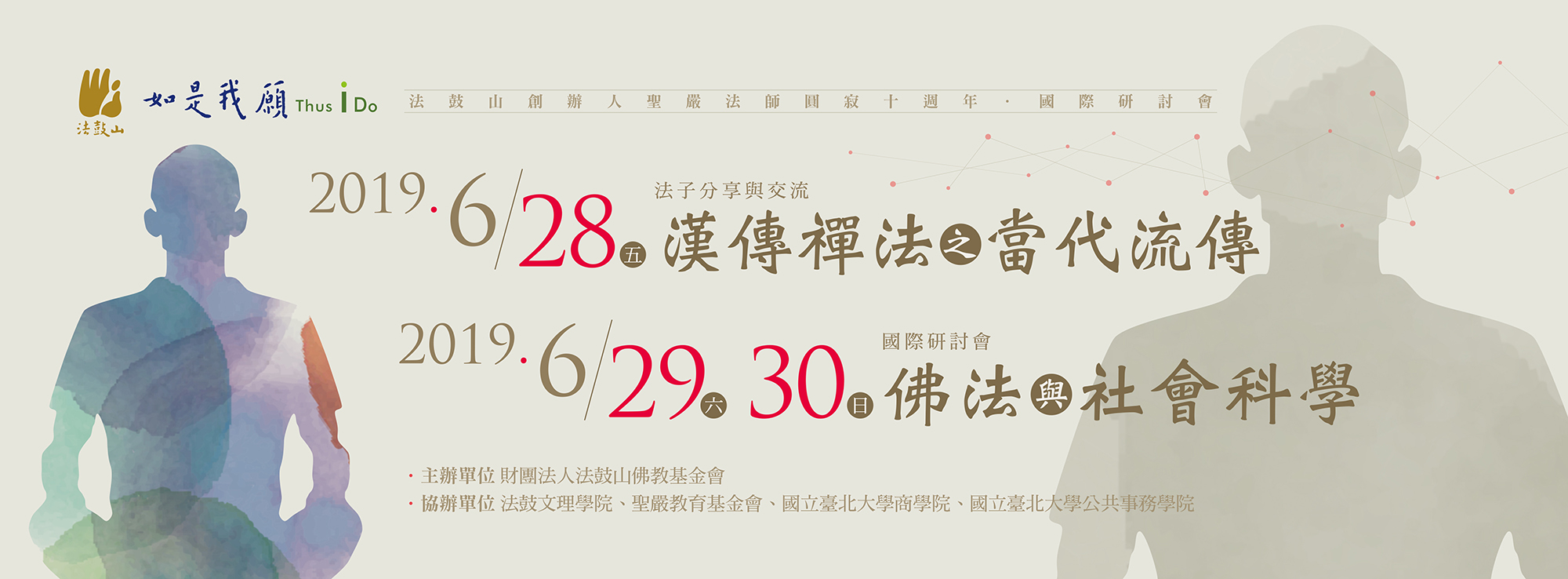人間佛教模式轉換--從太虛到巨贊
學愚
在1500多年的歷史中,印度佛教經歷了從原始佛教、至部派佛教、到大乘佛教、密乘佛教的發展和演變;公元一世紀前後,佛教傳入中國,經魏晋南北朝的格義,與中國儒道文化相結合,隋唐時期出現了具有中國特色的大乘佛教,八宗競放;明清以降,人間佛教應運而生。本文以典範轉換理念為契入,探討人間佛教從太虛至巨贊的典範轉換;分析太虛人間佛教模式 “對治”與”顯正”的統一、巨贊模式契理與契機不二的理論和實踐,由此揭示近當代中國佛教與社會的密切關係。
關鍵詞:人間佛教、太虛、巨贊
The Changes of Humanistic Buddhism Advocated by Taixu and Juzan
Xue Yu
In the history of more than 1500 years after the passing away of the Buddha in the 5th century BC, Buddhism in India underwent subsequent changes from Primitive Buddhism, to Sectarian Buddhism, to Mahayana Buddhism and Tantric Buddhism; similarly, Buddhism in China has also transformed itself and given rise to variety of schools and diversified cultures. The 20th century however witnessed the revival or recovery of Buddhism both in China and India as Humanistic Buddhism and Engaged Buddhism emerged with the dynamic recreation of the tradition and genius innovation of modernity. This paper, making use of the theory of paradigm shift, examines the changes of humanistic Buddhism advocated by Taixu and Juzan; a special attention is paid to comparative analyses how Taixu amalgamates the efforts of rectifying the wrong and revealing the right simultaneously, and how Juzan justifies the unity of ideas and practices idealistically.
